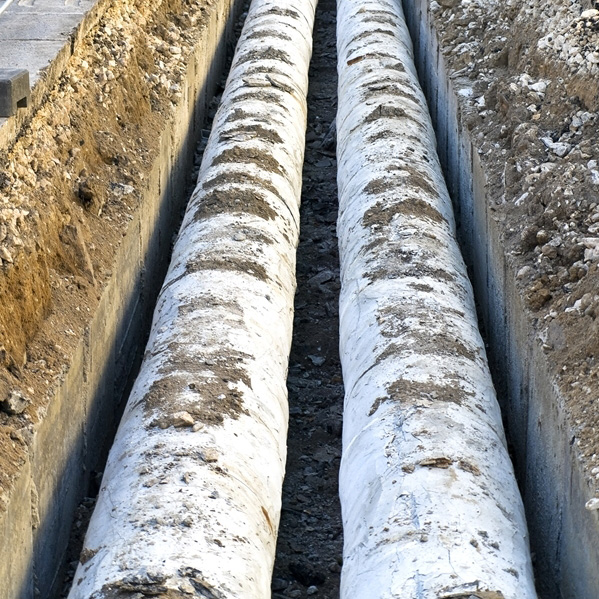Material exchanges lead to real industrial savings

Material exchanges lead to real industrial savings
A closer look at the industrial exchanges taking place at an industrial park in Hawai'i reveals greenhouse gas savings equal to 25% of the State's reduction goals.
Original Paper:
Eckelman, Matthew, and Marian Chertow. 2013. "Life cycle energy and environmental benefits of a US industrial symbiosis." International Journal of Life Cycle Assessment 18 (June): 1524-1532.
DOI: http://dx.doi.org/10.1007/s11367-013-0601-5.
As urban business developments continue to grow, eco-industrial parks (EIPs) are enjoying recent academic attention, given the constraints of competition for land use and the need for preserving habitat for wildlife and ecosystem service. Clustering like-activities is not a new concept (for example, Detroit's automotive and Palo Alto's technology industries). However, the recent push for developing EIPs extends beyond the clustering of environmentally-minded and sustainable businesses. True EIPs are recognized as industrial parks where businesses engage in the exchange of materials – to see "waste" as "post-production assets" that can be traded with neighboring facilities to divert waste to landfills while reducing the use of virgin materials.
Sustainability is no longer a fad, but quickly becoming a way of life. The incorporation of EIPs creates systematic environmental improvements in the way companies operate. Industrial ecologists from Northeastern University and Yale University studied the Campbell Industrial Park in Honolulu, Hawai'i, and published their findings in the International Journal of Life Cycle Assessment. The Park is the largest of its kind in the State of Hawai'i with nearly 250 companies. Much of their research involved uncovering voluntary materials exchange arrangements that were occurring amongst 11of the larger core enterprises. These 11 enterprises comprised various industrial sectors, such as wastewater treatment plant, oil refineries, cement manufacturer, construction and demolition waste landfill, and a local golf course to name a few.
The researchers identified over two dozen material and energy exchanges that were occurring between the 11 enterprises. Life cycle assessments were conducted for each material and energy substitution that occurred as a result of the exchanges. For example, sewage sludge from the wastewater treatment plant was sent to the neighboring fertilizer plant to be manufactured into fertilizer pellets rather than being sent to the landfill. This results in significant reductions in greenhouse gas emissions due to the diverted organic waste.
The researchers analyzed the environmental impacts of the exchanges taking place at the Campbell Industrial Park. They reported positive net savings in energy production and use, CO2 emissions, acidification, and eutrophication, with the exception of waste oil and tire-derived fuel burned as substitutes for coal. The total environmental savings incurred from these exchanges accounted for about 200,000 tons of CO2 equivalent emissions, which is 25% of Hawai'i's greenhouse gas reduction goal from industry and power generation.
The authors conclude that promoting symbiotic activities between industries can lead to regionally significant environmental savings that aid the achievement of energy use and air emissions policy goals. While most industrial developers and planners focus on the clustering of like-industries, it is important to create EIPs with diverse businesses and land-owners to enhance the number of exchanges. Such planning will extend the implementation of industrial ecology to include industrial symbiosis as strategic, tangible, and manageable activities toward operational and environmental savings, as seen at the Campbell Industrial Park.




